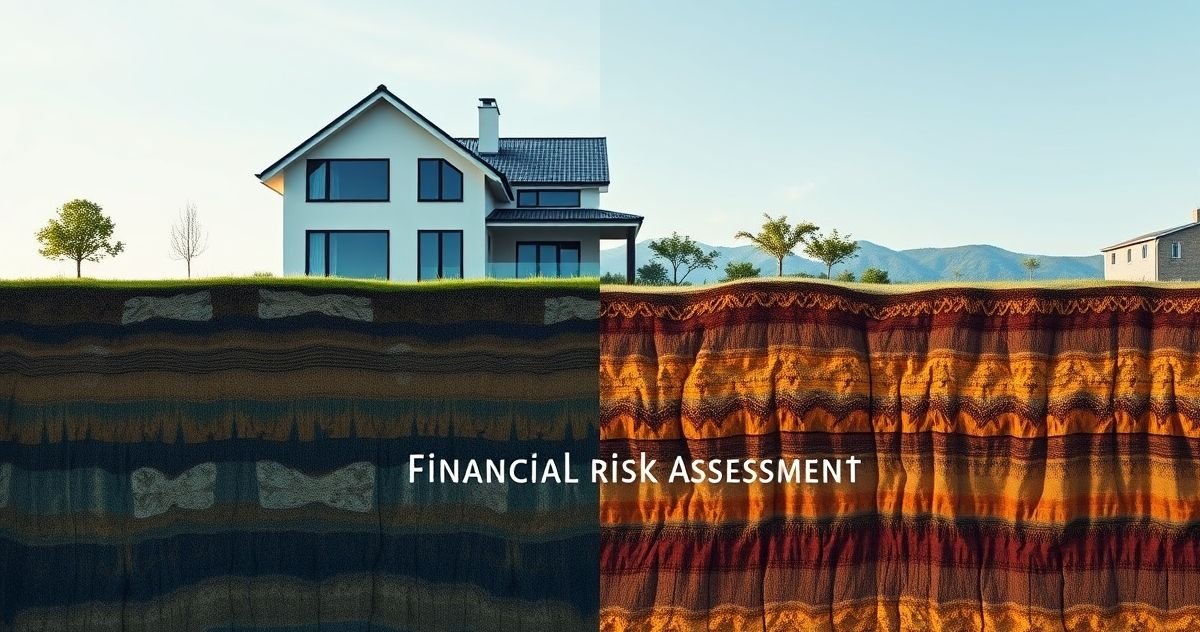When buying a home, understanding subsurface rights is crucial because these rights govern ownership of natural resources like oil, gas, or minerals lying beneath your property. Unlike surface rights, which cover the land and structures on it, subsurface rights can be owned separately — a situation called “split estate.” This separation often occurs in states with mining or drilling histories, including Texas, Oklahoma, Pennsylvania, and Colorado.
Lenders view your home as collateral for a mortgage loan. If subsurface rights are owned by another party, they may exercise their right to extract minerals by accessing the surface, potentially causing property damage, noise, environmental issues, or disruptions. These factors can reduce the property’s market value, complicate resale, and increase legal risks, making lenders cautious.
Mortgage programs such as Conventional loans (Fannie Mae/Freddie Mac), FHA, VA, and USDA loans handle subsurface rights differently:
- Conventional Loans require confirmation that mineral extraction won’t significantly harm property value or use, often satisfied through a Surface Use Agreement (SUA), which limits drilling activities.
- FHA Loans have stricter rules disallowing properties near active or planned drilling sites to protect occupant health and safety (per HUD Handbook 4000.1).
- VA Loans rely on appraisals to ensure mineral rights issues don’t negatively affect property value or usability.
- USDA Loans may exclude properties with unrestricted mineral rights access by others due to risk concerns.
If you face subsurface rights issues, it’s essential to:
- Consult a specialized attorney in mineral rights to understand agreements and risks.
- Review the title report closely for mineral rights ownership details (see also Title Binder).
- Seek a Surface Use Agreement to limit drilling impact.
- Discuss the situation early with your lender to understand loan eligibility and documentation requirements.
For more on mortgages and loan types, and how property issues can influence lending, explore our related guides.
Sources:
- Fannie Mae Selling Guide: B4-2-02, Subsurface Rights
- HUD Handbook 4000.1: Properties Near Oil and Gas Operations
- Investopedia: Mineral Rights and Your Mortgage
For official guidance, visit HUD.gov and FannieMae.com.



